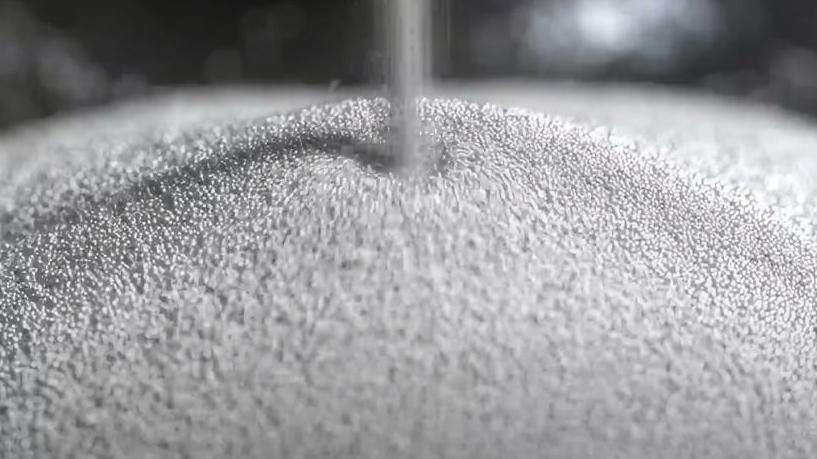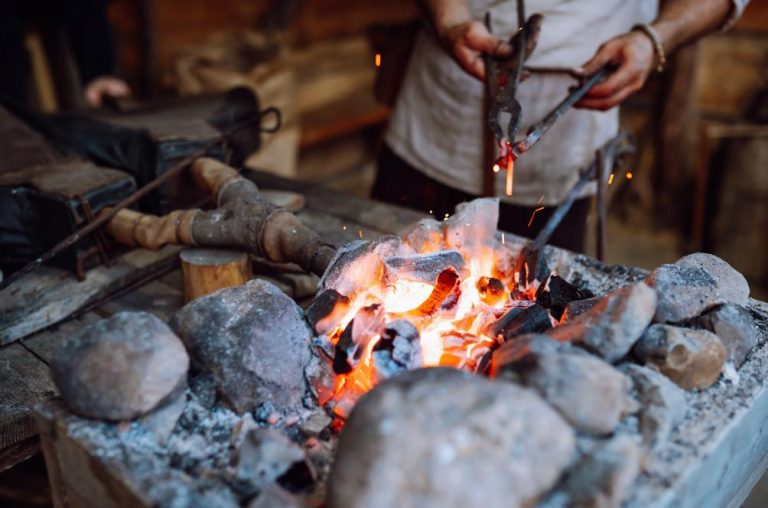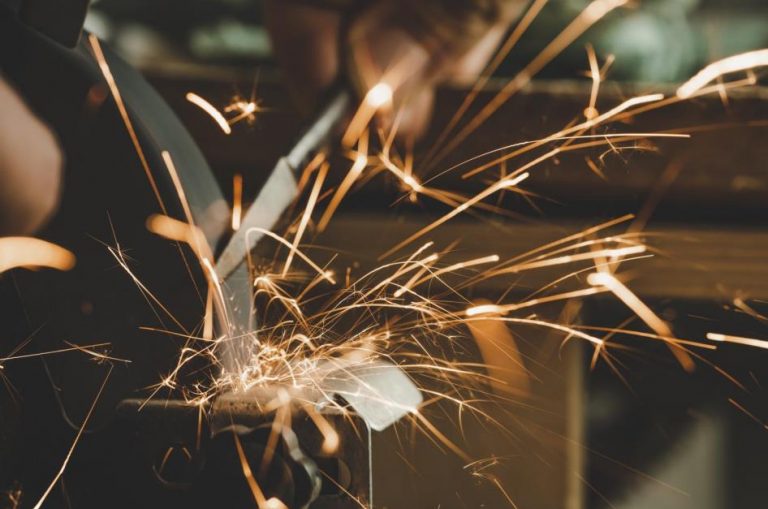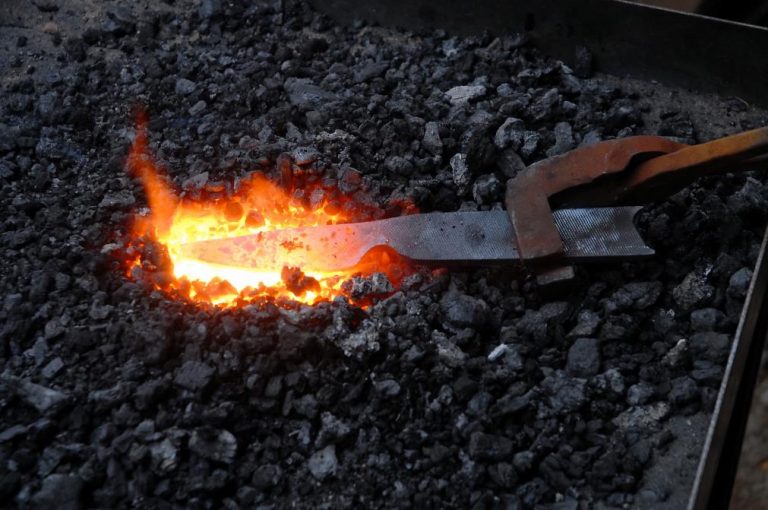If you’ve browsed high-end knives, chances are you’ve seen the term “powder steel” – with names like SG2, ZDP-189, or CPM-S90V often attached. But what exactly is powder metallurgy steel, and why has it become such a favorite in the knife-making world?
Sharpness is only one piece of the puzzle. Premium knives need steel that offers both toughness and wear resistance – a balance that’s hard to strike. That’s where powder steel comes in.
In this article, we’ll walk you through what makes powder metallurgy steel unique, why it’s highly valued in knife manufacturing, and how it stacks up against traditional alloys.
Why Do People Want Powder Steel?
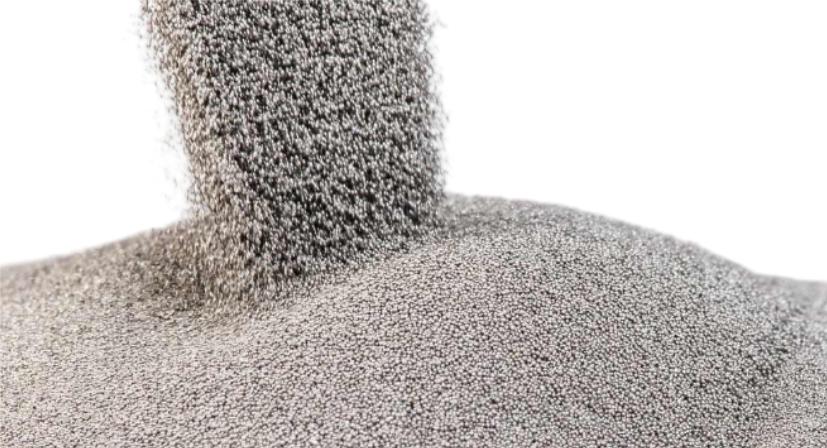
To create high-performance knife steel, manufacturers often rely on high-alloy tool steels. These steels contain elements like:
- Vanadium
- Molybdenum
- Tungsten
- Chromium
They are added to improve wear resistance and hardness – critical for long-lasting sharpness. But those same alloying elements also lead to a major problem: large carbides.
- Large carbides reduce toughness, making blades prone to chipping or cracking.
When steel cools slowly, carbides (hard particles made of carbon and metals) grow in size. Large carbides can act like tiny cracks in the steel, making it more likely to chip or fracture under stress – especially in fine edges like kitchen or pocket knives. This is a known issue with traditional steels like D2, which is hard and wear-resistant but often criticized for brittleness.
Want to learn more about why large carbides hurt toughness? Check out this in-depth article on edge chipping.
What Is Powder Steel?
The Solution to Large Carbides: Powder steel, produced through powder metallurgy, tackles this issue by dramatically speeding up the cooling process during solidification.
How It Works:
- Instead of casting large ingots, molten steel is dripped through a nozzle and “atomized” into tiny droplets using liquid or gas (typically nitrogen for tool steels).
- These droplets solidify almost instantly into fine powder particles.
- Each powder particle acts like a miniature steel ingot, cooling at a much faster rate than traditional ingots.
Faster Cooling = Smaller Carbides: Rapid solidification results in a finer, more uniform microstructure with significantly smaller carbides.
How Is Powder Steel Made?
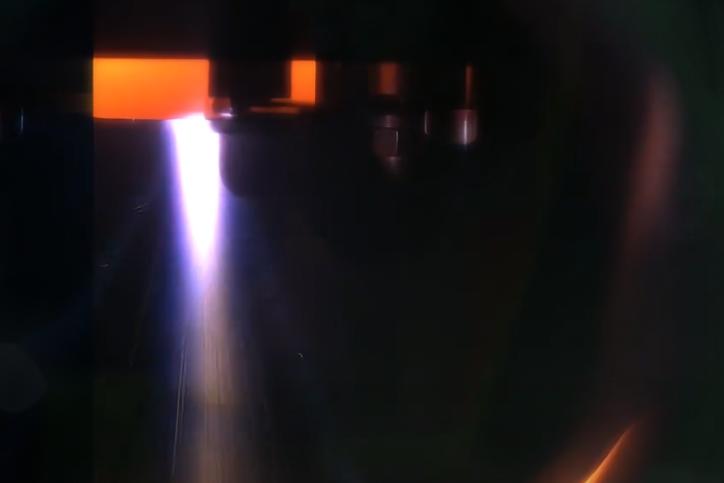
Here’s how powder steel takes shape:
- Atomization: Molten steel is broken into tiny droplets using gas sprayers.
- Cooling: Droplets solidify in mid-air, producing fine steel particles.
- Hot Isostatic Pressing (HIP): Powder is sealed in a metal container and exposed to extreme temperature and pressure, welding it into a dense solid billet.
- Forging and Final Shaping: The billet is then forged and rolled like regular steel.
This process avoids the weakness of conventional casting — grain segregation, large carbides, and structural inconsistency.
For those interested in the visual process, this video provides an excellent breakdown:
🎥Watch this powder metallurgy animation explained here.
Buy Wholesale Knives and Start Scaling up with Us Today
Contact us and connect with a sales rep to get a free quote.
The Benefits of Powder Steel
Compared to traditional steels, powder metallurgy steel offers serious performance advantages:
1. Smaller Carbides = Better Toughness
Smaller carbides reduce the likelihood of chipping when slicing hard materials. This is especially important for knives used in professional kitchens or outdoor environments.
2. Higher Alloy Content (More Vanadium = More Retention)
In conventional steelmaking, more vanadium leads to more brittle steel. You’re typically capped at around 4% vanadium before performance drops. But with powder metallurgy, makers can push that limit safely.
One notable result of this innovation is CPM 10V – a steel containing up to 10% vanadium, offering exceptional abrasion resistance in industrial and knife settings.
Also check out S90V Knife Steel, a balanced powder steel known for premium edge retention and excellent real-world toughness.
3. Cleaner Microstructure = Better Sharpening
The refined uniformity of the grain structure makes powder steels:
- Easier to sharpen evenly
- Less prone to weak spots
- More consistent across batches
4. No Need for Heavy Forging to Refine the Grain
Traditional high-carbon steels like 1095 or 440C often require complex heat cycles just to correct the inconsistencies from casting. With powder steel, uniformity is built in from the start.
Why Are Most Powder Steels Stainless?
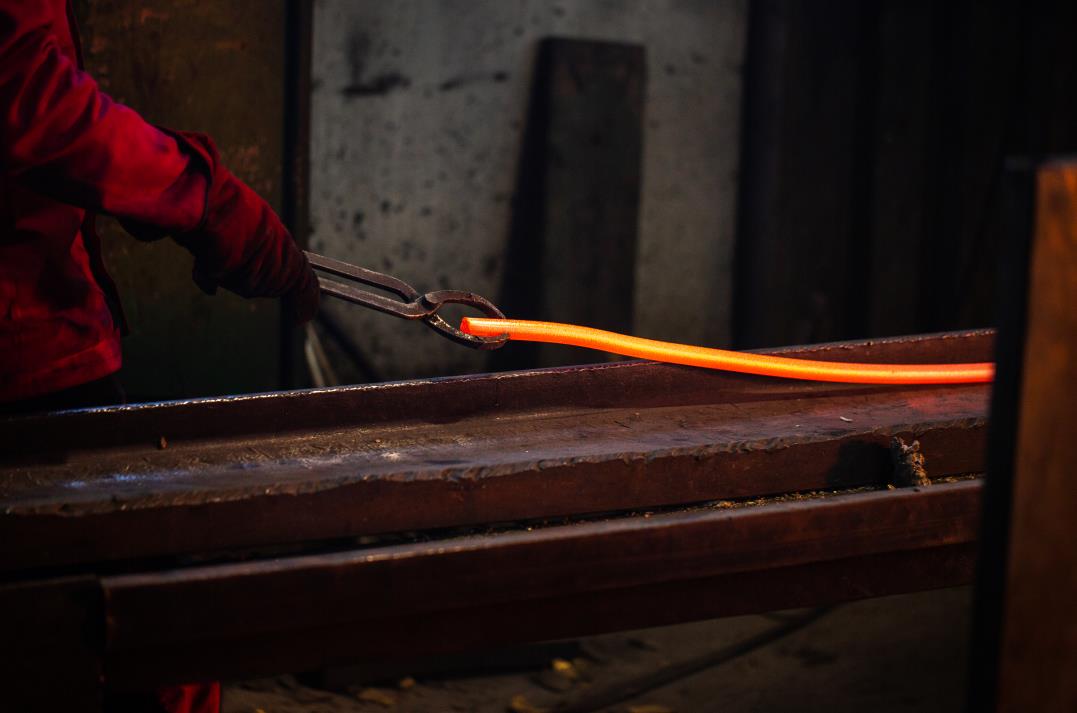
Many of the most famous powder steels like:
…are stainless steels.
This is no coincidence.
Adding more chromium (typically 13%+) provides corrosion resistance. But in traditional steels, chromium clusters into brittle chromium carbides, reducing durability. However, the ultrafast cooling in powder metallurgy prevents these large carbides, allowing makers to keep the stainless properties without sacrificing structure.
Learn more about stainless steel blade pros and cons here →
Final Thoughts: Is Powder Steel Worth It?
If you’re after the best performance with fewer trade-offs, powder steel is worth every cent – especially in high-use blades where edge retention and toughness are essential.
Whether for EDC knives, kitchen blades, survival tools, or professional chef’s knives, powder metallurgy steels provide:
- Superior edge longevity
- Better resistance to chipping
- High consistency in quality and performance
Want to Source High-End Powder Steel Knives?
At LeeKnives, we pride ourselves on delivering top-tier OEM knife solutions made from premium powder steels like SG2, S90V, Elmax, and more!
Whether you’re a private-label brand, distributor, or in need of high-performance kitchen knives – we’ve got you covered.
Contact us for a free quote or browse our catalog to see what modern metallurgy can bring to your knife line.
More Resources You’ll Enjoy:
